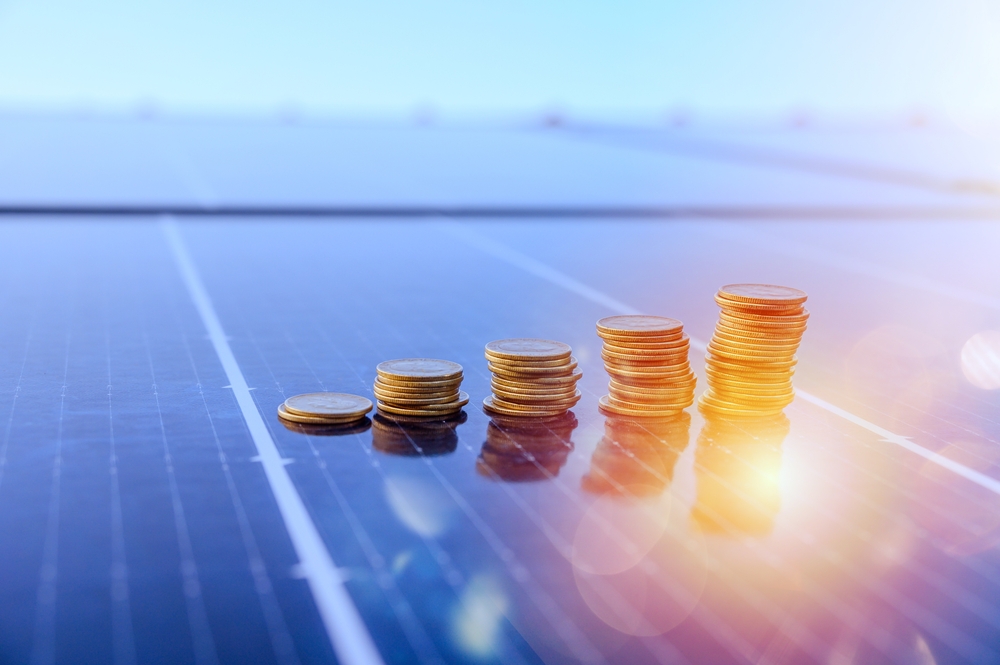Summary:
The article explores how solar energy plays a crucial role in managing electricity crises, particularly in New South Wales (NSW), Australia. It discusses the rising demand for electricity, the challenges of fossil fuel dependency, and how solar power provides a sustainable and cost-effective solution. Key topics include the benefits of Solar Feed in Tariffs in NSW, government incentives, the role of EnergyAustralia, and real-world examples of solar energy adoption. The article also provides statistical insights, expert opinions, and actionable steps for homeowners and businesses to transition to solar energy.
Introduction: The Growing Electricity Crisis
Electricity shortages, blackouts, and soaring energy bills have become a growing concern worldwide, especially in New South Wales (NSW), Australia. With rising energy consumption and an overreliance on fossil fuels, traditional electricity grids struggle to meet the increasing demand.
But there’s hope: solar energy is emerging as a game-changer in electricity crisis management. With abundant sunshine, Australia is in a prime position to harness solar power and reduce dependency on non-renewable energy sources.
This article explores how solar energy can mitigate electricity crises, the benefits of Solar Feed-in Tariffs in NSW, and the role of EnergyAustralia in promoting clean energy solutions.
Understanding the Electricity Crisis
1. Rising Electricity Demand
- Australia’s electricity consumption is projected to grow by 12% by 2030 (Source: Australian Energy Market Operator).
- NSW experiences high peak electricity demand, especially in summer, leading to increased strain on the grid.
2. Fossil Fuel Dependency and Price Volatility
- Over 70% of NSW’s electricity comes from coal-fired power stations (Source: NSW Government Energy Report).
- Rising fuel costs and depleting coal reserves have led to higher electricity prices.
3. Blackouts and Energy Reliability Issues
- NSW faced multiple power outages in the past decade due to grid failures and extreme weather conditions.
- Unstable energy supply affects businesses, homes, and essential services like hospitals and public transport.
Solar Energy: A Sustainable Solution
1. How Solar Power Works
Solar panels capture sunlight and convert it into electricity through photovoltaic cells. This energy can be used immediately, stored in batteries, or exported to the grid.
2. Advantages of Solar Energy
- Reduces Electricity Costs: Solar users save an average of $1,200 per year on energy bills in NSW (Source: Solar Choice Report 2023).
- Environmentally Friendly: Solar reduces carbon footprint by 80% compared to coal-generated power.
- Energy Independence: Households and businesses can generate their own electricity, reducing reliance on the grid.
Solar Feed-in Tariffs in NSW: How They Help

Solar Feed-in Tariffs (FiTs) allow homeowners and businesses to sell excess solar energy back to the grid, providing additional savings and financial incentives.
Key Facts About FiTs in NSW:
- Current Feed-in Tariff Rates: Vary between 4-10 cents per kWh, depending on the energy retailer.
- EnergyAustralia’s Role: Offers competitive FiT rates and incentives for solar adopters.
- Government Incentives: NSW Government supports solar adoption through rebate programs and financial aid.
“Investing in solar energy is not just about saving money—it’s about securing a sustainable future for generations to come.” – Energy Expert, Dr. Michael Green
How Solar Energy Supports Electricity Crisis Management
1. Reducing Peak Load Pressure
Solar energy helps reduce the burden on traditional power plants during peak hours, preventing blackouts and stabilizing the grid.
2. Enhancing Grid Reliability
With more distributed solar systems, NSW’s electricity grid becomes more resilient to failures and extreme weather events.
3. Economic Benefits
The solar industry in Australia supports over 30,000 jobs and is expected to grow significantly with increased adoption (Source: Clean Energy Council Report 2023).
4. Encouraging Smart Energy Storage
Battery storage systems allow users to store excess energy for later use, ensuring uninterrupted power supply even during outages.
Steps to Transition to Solar Energy in NSW
- Evaluate Your Energy Needs – Analyze your monthly electricity consumption.
- Choose the Right Solar Panel System – Consider factors like capacity, efficiency, and brand reputation.
- Check Solar Feed-in Tariff Rates – Compare offers from providers like EnergyAustralia.
- Apply for Government Rebates – NSW solar rebate programs can reduce installation costs.
- Install Battery Storage – Enhance self-sufficiency by storing excess solar energy.
“Switching to solar is one of the smartest financial and environmental decisions a homeowner can make today.” – Renewable Energy Advocate, Sarah Williams
Conclusion
Solar energy is not just an alternative power source—it’s a necessity for managing electricity crises. With the right policies, incentives, and widespread adoption, NSW can transition to a more stable and sustainable energy future.
Whether you’re a homeowner looking to reduce electricity bills or a business aiming for energy independence, solar power offers long-term benefits. With Solar Feed-in Tariffs in NSW and initiatives from providers like EnergyAustralia, now is the perfect time to switch to solar.
FAQs
1. What are Solar Feed-in Tariffs in NSW?
Solar Feed-in Tariffs (FiTs) allow solar users to sell excess energy back to the grid, receiving a credit on their electricity bills.
2. How does solar energy help in electricity crisis management?
Solar reduces peak load pressure, enhances grid reliability, and provides economic and environmental benefits.
3. What role does EnergyAustralia play in solar energy adoption?
EnergyAustralia offers competitive solar plans, feed-in tariffs, and incentives to encourage solar energy use.
4. How much can I save by switching to solar in NSW?
Households can save an average of $1,200 per year on electricity bills, depending on system size and energy consumption.
5. Are there government rebates for solar panel installation in NSW?
Yes, the NSW government provides rebates and incentives to reduce solar panel installation costs for homeowners and businesses.


